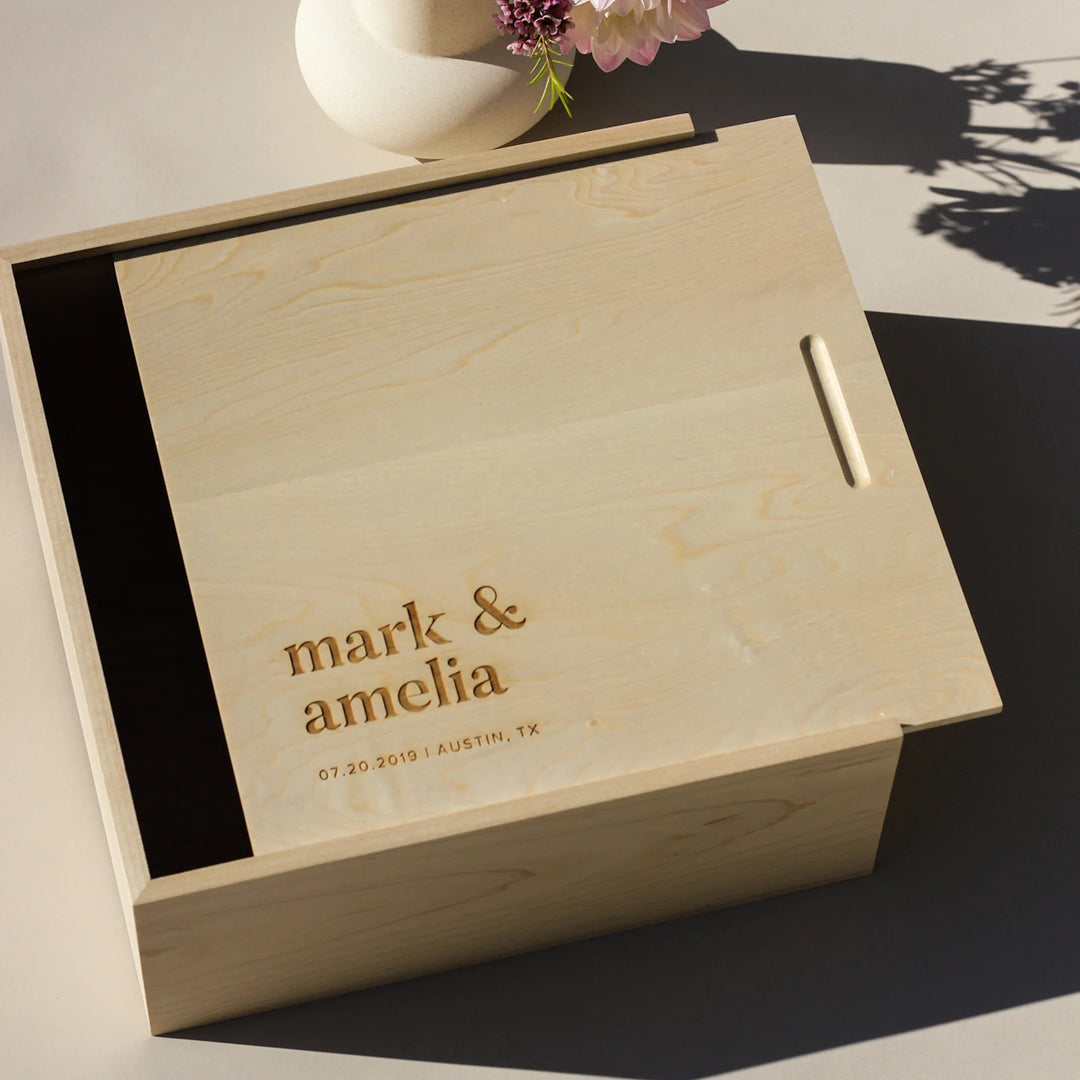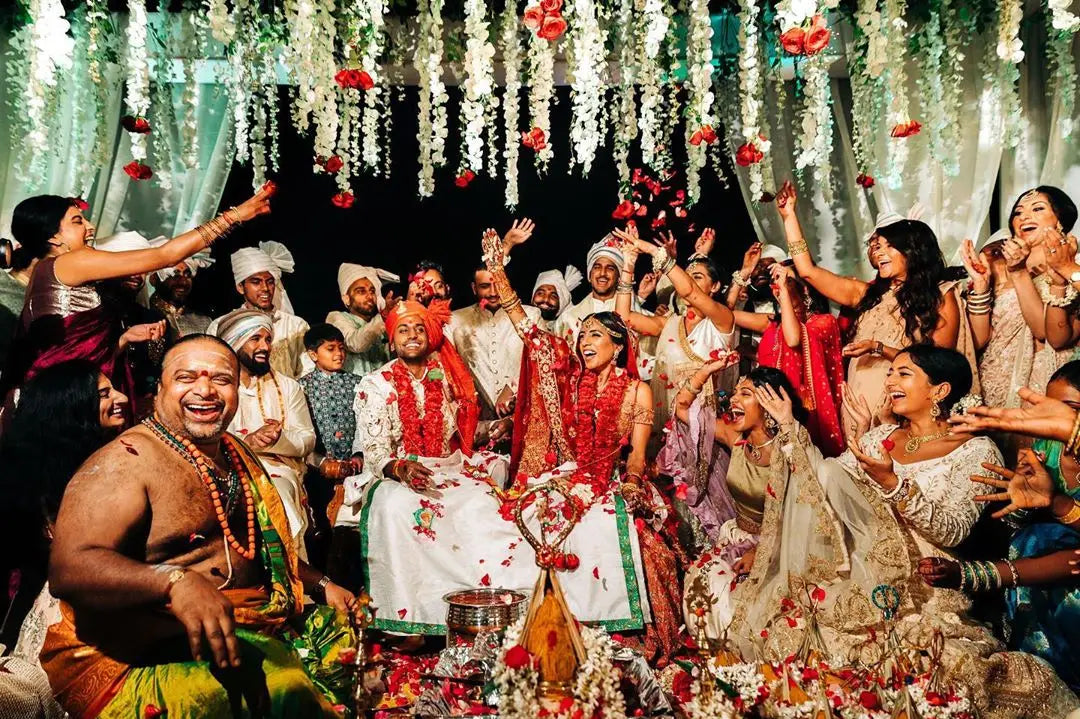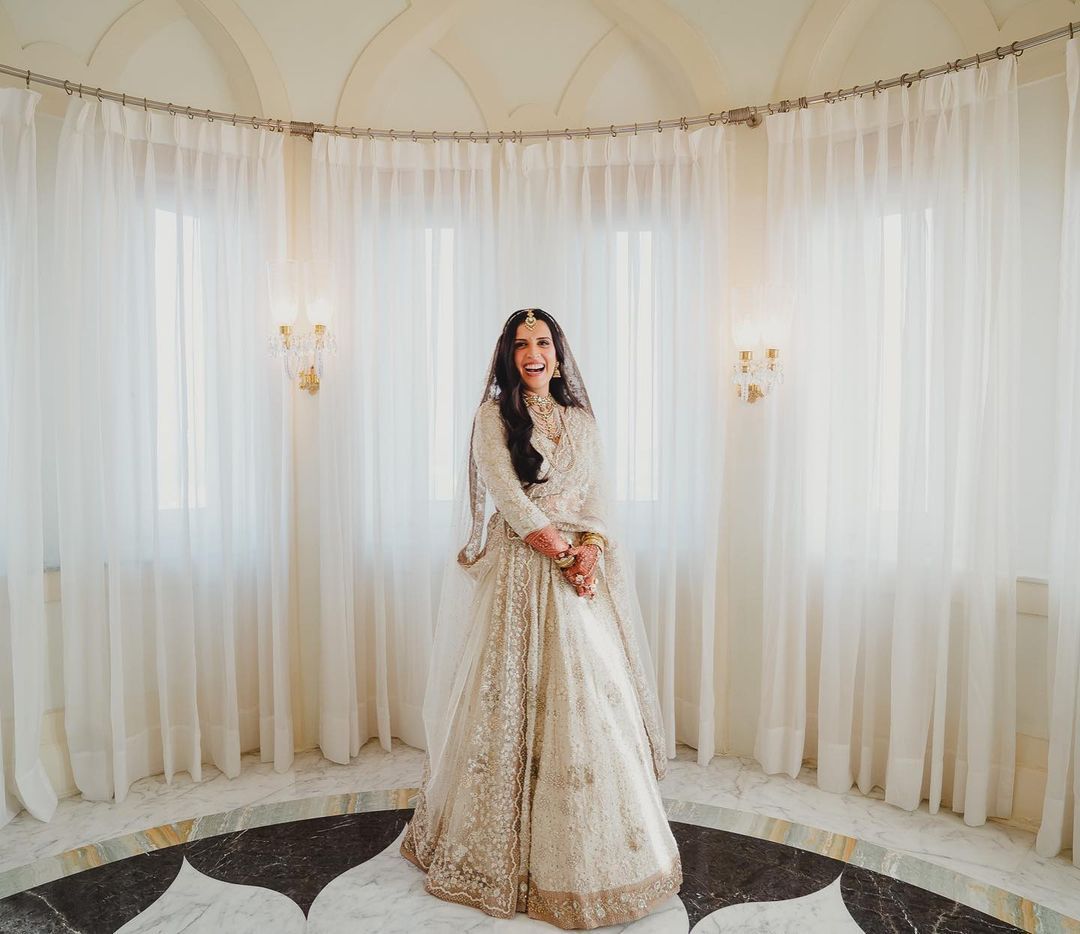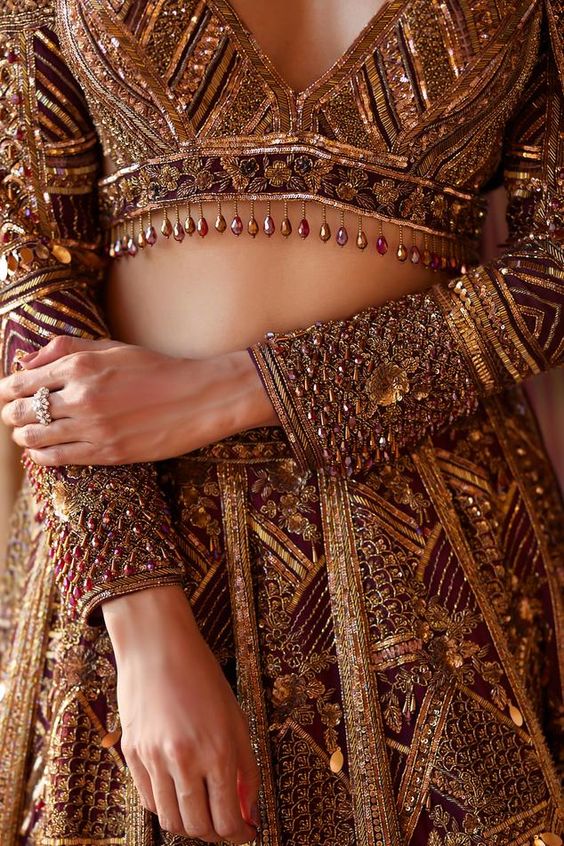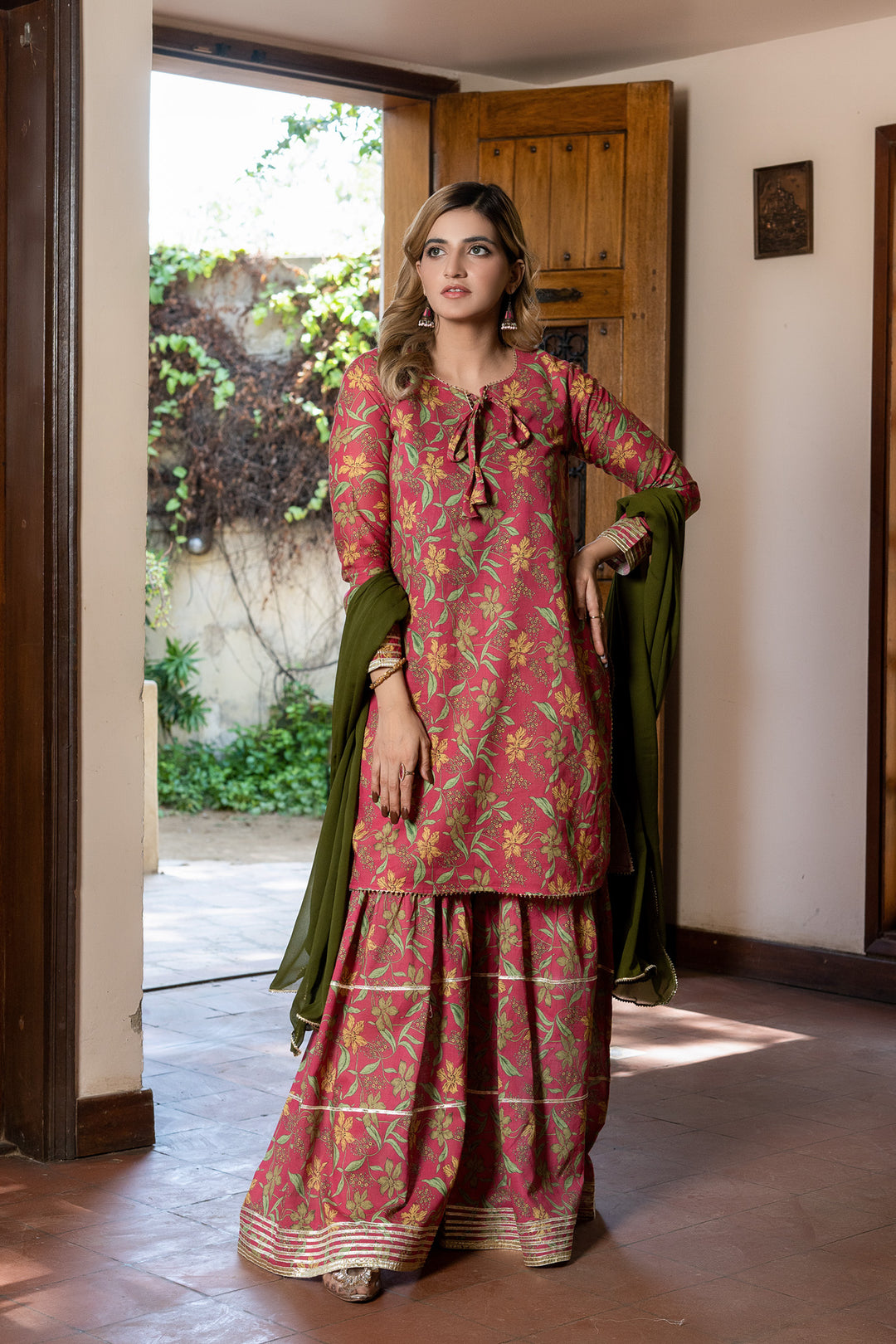Planning a South Asian Wedding: From Engagement to Reception
Table of Contents
Introduction
Hey there, lovelies! Karigur here, and if you’re reading this, you’re probably knee-deep in the exciting whirlwind of planning a South Asian wedding. Congrats on this beautiful chapter of your life! South Asian weddings aren’t just one-day events—they’re cultural festivals spanning multiple ceremonies, each with its own flavor, rituals, and significance. Think of them as a colorful tapestry woven from threads of love, heritage, community, and celebration.
In this guide, we’ll walk through the entire planning process, starting from the first moment you say “yes” (or “Qubool Hai”) to the last dance on your reception night. We’ll talk about navigating family expectations, picking the perfect venue, choosing vendors who understand your vision, coordinating outfits, and yes, even sneaking in some modern twists to keep things fresh and personal. Whether you’re preparing for a lavish Hindu wedding with its vibrant pheras, a Pakistani Muslim celebration with a heartfelt Nikah and an elegant Walima, a Sikh Anand Karaj rich in spiritual equality, or a fusion of all these influences, this guide has got you covered.
By the end, you’ll be equipped to handle the joyful chaos with grace and confidence. Ready to dive in? Let’s go!
Engagement & Early Planning
Before the big day, there’s the big moment: the engagement. In many North Indian and Pakistani traditions, an engagement might involve a Roka or Sagai ceremony, where families exchange sweets, gifts, and blessings to officially announce the upcoming union. The vibe here is intimate, heartwarming, and often the first time extended families meet, laugh together, and share stories about the bride and groom-to-be. Hindu engagements might include a simple religious ritual and ring exchange, while Pakistani families might add prayers and well-wishes for the couple’s bright future.
Once engaged, it’s time to pick the wedding date. Some families consult astrologers for auspicious timings, especially in Hindu weddings, while others choose weekends or holidays to accommodate traveling guests. Pakistani Muslim weddings often center on convenience and family availability. Weather considerations matter too—outdoor mehndi nights, for example, might be more comfortable in cooler months. Next comes the guest list and budget setting. Trust me, setting a budget early is a lifesaver. It’s easy to get carried away when faced with stunning venues, designer outfits, and elaborate menus. Keep track of what’s essential and what’s “nice-to-have.” If you need help balancing finances, check out the Financial Aspects Guide for tips.
Don’t forget to define your vision. Do you picture a grand palace wedding straight out of a Bollywood movie, or an intimate garden ceremony mixing both East and West aesthetics? Are you leaning toward a more traditional approach or yearning to incorporate modern elements—like a pre-wedding cocktail party or a minimalist décor theme? This is your moment to dream big and set the tone for everything that follows.
Setting a Date & Venue Hunting
Once the engagement is done, selecting a wedding date is crucial. Many families consult astrologers for auspicious dates (muhurat), while others pick a convenient weekend. Next comes the big task: venue hunting. Consider:
- Indoor vs. Outdoor: Weather, guest count, and theme will guide you.
- Accessibility: How easy is it for guests to arrive? Are hotels nearby?
- Availability: Popular venues book up fast—secure it as soon as possible.
Navigating Family Expectations
South Asian weddings are essentially family weddings—your relatives will have opinions, suggestions, and maybe even demands. One aunt might insist on a full Mehndi ceremony with old-school Punjabi folk songs, another might want an elaborate mandap or a mosque setting for the Nikah. While this can feel overwhelming, remember that these customs matter to them; they’re passing down traditions and memories.
Approach these conversations with empathy. Ask why a particular ritual is important. Maybe your parents cherish the idea of the bride’s pheras (circling the sacred fire in a Hindu wedding) because it symbolizes the timeless vows they took decades ago. Or perhaps your Pakistani grandparents want a detailed Nikah ceremony read aloud to honor family elders who followed the same practice. Understanding their emotions can help you find compromises.
It’s also okay to gently assert what you want. If you prefer a shorter ceremony or fewer events, explain that you want to be fully present and not exhausted. Suggest blending old and new: keep the traditional wedding day customs but host a modern Sangeet with a DJ the night before. Early and respectful conversations prevent last-minute stress. If you’re navigating interfaith or cross-cultural differences, check out the Cultural Clashes Guide for strategies.
Vendors, Venues & Attire
Your vendor team is crucial—they’ll help bring your dream wedding to life. Start researching early, read reviews, and don’t hesitate to negotiate. Make sure everyone understands the cultural aspects involved.
Wedding Planners & Coordinators
If juggling multiple events, a planner familiar with South Asian weddings can be a lifesaver. They’ll handle logistics, timelines, and vendor management so you can focus on enjoying the festivities. *(Future Article: How to Choose the Perfect Wedding Planner)*
Caterers & Menu Planning
The food is a highlight of any South Asian wedding. From traditional biryanis and curries to fusion dishes, ensure variety and dietary accommodations (halal, vegetarian, vegan, Jain). Schedule tastings and consider regional specialties. *(More tips in Our Cultural Food Guide)*
Photographers & Videographers
South Asian weddings are vibrant and emotive, and you’ll want someone who can capture the colors and emotions beautifully. Discuss shot lists (e.g., moments like the bride’s entry, the pheras, or the couple’s first look). *(Future Article: Choosing a South Asian Wedding Photographer)*
Decor & Floral Artists
Decor sets the mood. From marigold garlands to elegant floral backdrops, mandap designs, and centerpieces, ensure the decor theme complements your chosen color palette. *(See Jewelry & Colours Guide for inspiration)*
Entertainment & Music
Think DJs, live bands, dhol players, or qawwali singers. Consider mixing traditional and modern genres to appeal to diverse guest preferences. A well-planned playlist can energize each event—from Mehndi to Reception.
Once the basics are set, it’s time to bring in the pros and pick the perfect backdrop for your celebration. Skilled vendors turn your dreams into reality. A planner who knows the ins and outs of South Asian weddings can juggle multiple events effortlessly, understanding the significance of ceremonies like the Gurdwara-based Anand Karaj or the specifics of a large Pakistani Walima feast. A great caterer familiar with Indian and Pakistani cuisines will offer vegetarian, halal, and regional specialties—think of savory curries, fragrant biryanis, succulent kebabs, and an array of mithai that make guests swoon.
Your photographer should capture not just posed portraits but candid moments: the bride’s parents tearing up during the vidaai, kids dancing carefree at the Sangeet, or the groom grinning ear-to-ear as he arrives in the baraat. Florists and décor specialists will transform halls into dreamy landscapes with marigold garlands, rose petals, and intricate stage setups. Musicians, DJs, and dhol players bring that high-energy vibe that turns a Mehndi night into a memory you’ll cherish.
Choosing a venue sets the tone. A heritage palace might be perfect for a royal-themed Hindu wedding, while a sleek hotel ballroom could be ideal for a fusion event blending Pakistani traditions with Western elegance. If you’re planning a Sikh wedding, remember the Anand Karaj takes place in a Gurdwara, so plan the reception elsewhere. Consider location, accessibility, and guest comfort—especially if many guests are traveling. For décor inspiration, or to understand the significance of colors, check the Jewelry & Colors Guide.
As for outfits, the possibilities are endless. Brides can wear a traditional red Banarasi saree or a heavily embroidered lehenga for a Hindu wedding, or opt for a rich sharara or gharara in a Pakistani Muslim ceremony. Some brides break tradition and choose pastels, ivories, or modern silhouettes. Grooms can complement their partners in sherwanis, bandhgalas, or even Western suits at the reception. Consider exploring the Bridal Attire Guide and Groom Attire Guide for detailed advice.
Finalizing Attire, Jewelry & Accessories
Outfit selection can’t be last-minute. Bridal lehengas or sarees, groom’s sherwanis or bandhgalas, and coordinating accessories must be chosen and tailored ahead of time.
Dive deep into attire details with our Bridal Attire Guide and Groom Attire Guide. For accessories and colors, see our Jewelry & Colours Guide.
Pre-Wedding Events
These events build excitement and bring families closer. They’re also a chance to showcase cultural traditions and let your guests relax before the main day.
Mehndi
The Mehndi night is filled with henna application, laughter, and music. Bride, groom, and guests all join in. Consider adding a live singer, a DIY bangle bar, or interactive photo corners. *(For styling and attire tips, check Event-Specific Bridal Looks in the Bridal Guide.)
Sangeet
The Sangeet is a musical extravaganza—family performances, dances, and often a friendly rivalry between the bride’s and groom’s sides. Plan a dance floor, a sound system, and maybe professional choreographers to coach the family for show-stopping acts.
Haldi
Turmeric paste applied to the bride and groom is believed to bring good luck and brighten their complexion. Keep this event intimate, with simple decor and close family members. *(Learn more about pre-wedding rituals in Cultural Traditions Guide.)
Other Rituals & Gatherings
Depending on your background, you might have additional ceremonies: - Manjha or Uptan (in Muslim weddings) - Thilak or Shagun (gift exchanges) - Janavasam (in some South Indian traditions, a groom’s procession)
The real magic often starts before the wedding day. Pre-wedding events let everyone loosen up and bond. The Mehndi night is all about intricate henna designs, laughter, and maybe even a live dhol player. In Pakistani contexts, the Mehndi might also involve Rasm-e-Henna, and for many Indian families, it’s a chance to sing traditional songs and enjoy homemade snacks. It’s colorful, intimate, and brimming with excitement.
The Sangeet is a musical extravaganza—families choreograph dances, friends prepare surprise performances, and the bride and groom might join in a duet. It’s a chance to celebrate without the solemnity of the wedding day. Add a DJ mixing Bollywood hits, or a live band playing a fusion of Qawwali and contemporary tunes. Your Sangeet could even include cultural mash-ups to represent both families’ backgrounds.
Haldi (Hindu) or Uptan (Muslim) ceremonies involve applying turmeric or herbal paste to the couple for blessings and a radiant glow. Other communities have their own unique pre-wedding rituals—like the choora and kaleere ceremony in Punjabi weddings. If your wedding is cross-cultural, feel free to blend these events or pick and choose what resonates with you. Just remember to explain the significance to guests who may be unfamiliar. A short printed note or a wedding website can help enlighten everyone and make them feel more involved.
The Wedding Day
The wedding day is the heart of it all. Here’s where faith, culture, and love unite:
Hindu Weddings
A Hindu wedding often takes place under a mandap, with rituals like pheras around the sacred fire and the application of sindoor. The groom ties a mangalsutra, symbolizing their union. Families exchange garlands, and priests chant mantras, weaving spirituality and tradition into every moment.
Muslim Nikah
In a Muslim wedding, the Nikah is a serene, meaningful contract. The bride’s consent is crucial. The groom offers a Mehr (gift), and after saying “Qubool Hai” thrice, the couple is married. It’s simple, elegant, and emphasizes equality, mutual respect, and spiritual bonding. Afterward, a Walima (reception) often celebrates the union publicly.
Sikh Anand Karaj
A Sikh wedding, or Anand Karaj, occurs in a Gurdwara. The couple sits before the Guru Granth Sahib, circling it four times as hymns are recited. Each laavaan represents a stage of deeper spiritual connection. The simplicity and equality emphasized in a Sikh wedding are truly inspiring, and afterwards, all share in langar—signifying community and unity.
Other communities—Jain, Christian, Buddhist, Parsi—have their own distinct ceremonies, each with meaningful rituals. Consider providing a small guide or website link to help guests understand the spiritual and cultural underpinnings of your wedding day.
Reception & Post-Wedding Rituals
The reception is your grand finale. Here’s where you let loose, mingle with guests, and enjoy the fact that all the heavy planning is behind you. Expect lively music—could be Bollywood hits, Sufi ballads, or even a live band playing a global fusion set. The food is often lavish: multiple buffets, dessert counters, mocktail stations, and maybe even regional specialties representing both families’ backgrounds. Décor might incorporate pastel roses, marigold garlands, or even sparkling chandeliers for a luxurious feel.
Post-wedding rituals vary: Hindu brides bid a tearful goodbye during the vidaai, symbolizing leaving her parental home. Muslim weddings have a Rukhsati, similarly emotional. Sikh couples might have a griha pravesh, a simple ceremony welcoming the bride into her new home. These rituals mark a poignant transition, reminding everyone that beyond the festivities lies a new chapter in the couple’s shared life.
Fusion & Modern Twists to Traditional Events
Not every couple wants a fully traditional approach. Introduce fusion elements: - A Western-style bridal shower alongside the Mehndi - A cocktail hour with signature drinks inspired by favorite regional flavors - A wedding cake cutting alongside the traditional mithai (sweets) distribution
For more ideas, see Cultural Clashes Guide and our Fusion Bridal Attire Ideas.
Practical Tips
Now that we’ve covered every stage, here are some actionable tips to help you navigate the planning process smoothly:
Start Early
Venues, photographers, and caterers book up quickly. Start 9-12 months in advance if possible. Early preparation means more choices and less stress.
Set a Realistic Budget
Identify what matters most—maybe the food and music are top priority, while décor can be simplified. Keep track of costs, consider installments, and read the Financial Aspects Guide for money-saving strategies.
Communicate Clearly
Set expectations with family early. Share schedules, dress codes, and ritual explanations on a wedding website or invite inserts. Transparency keeps everyone informed and happy.
Blend Tradition & Modernity
You can keep the Nikah or Anand Karaj traditional but introduce a cocktail hour or a photo booth at the reception. Maybe pair a classic red bridal lehenga with contemporary pastel décor. It’s your wedding—reflect who you are today while honoring where you come from.
Delegate & Trust
You don’t have to micromanage every detail. Assign tasks to reliable friends, siblings, or hire a wedding planner. Let go of what you can, so you can stay present and enjoy your special day.
Educate Your Guests
Not everyone understands the cultural depth behind each ceremony. A small explanatory note or wedding website can help them appreciate the significance of each ritual and tradition, making their experience richer and more meaningful.
Enjoy the Process
Amid planning spreadsheets, vendor calls, and family discussions, remember this is a celebration of love. Take breaks, share laughs with your partner, savor food tastings, and dance at the Sangeet rehearsals. The journey should be as delightful as the destination.
Call to Action: For more inspiration, delve into related guides on this site: explore Bridal Attire, discover how to choose the perfect wedding planner, or get ideas from Fusion Wedding Inspirations. Bookmark this guide and revisit it as you tackle each step. Share it with your fiancé, your best friend, or that helpful aunt who’s full of suggestions.
With thoughtful planning, open communication, and a touch of creativity, your South Asian wedding will be a breathtaking tapestry of love, tradition, and joy—an event you’ll remember fondly for decades to come.





